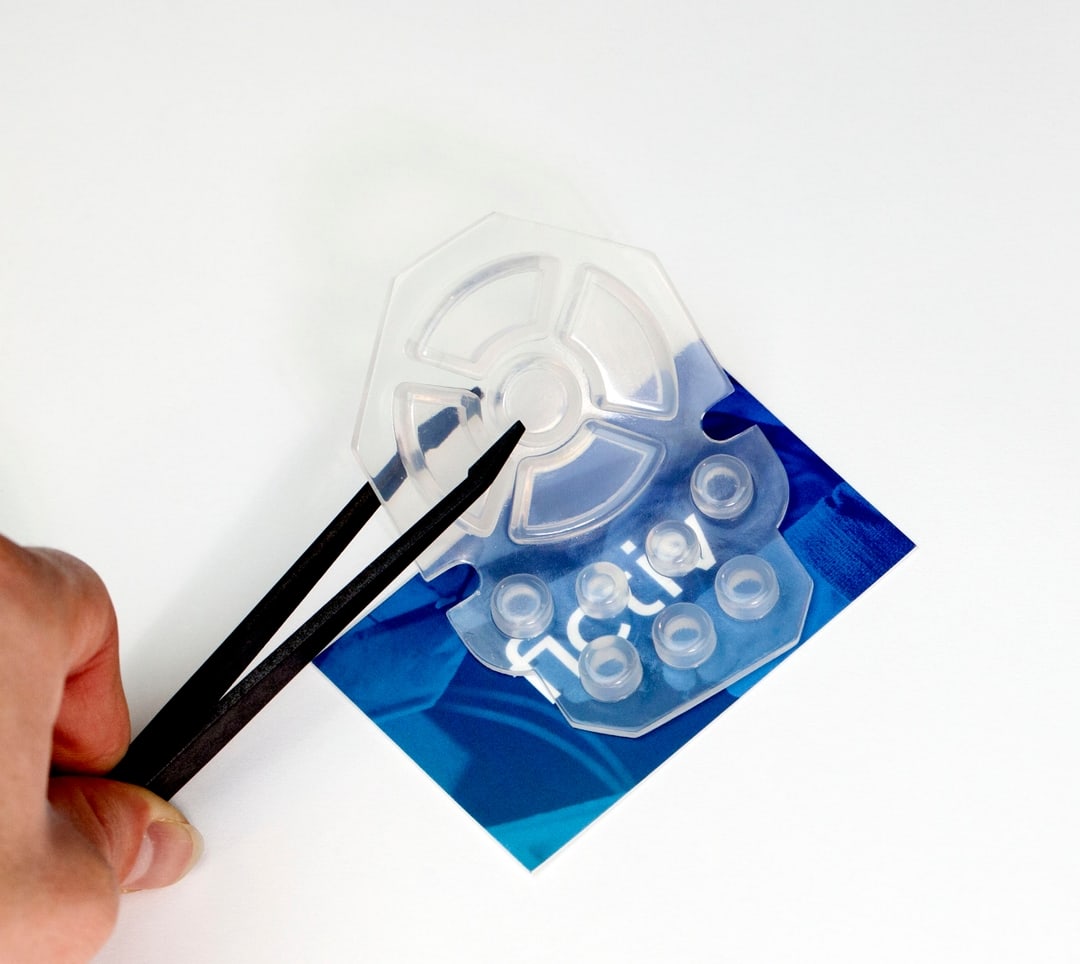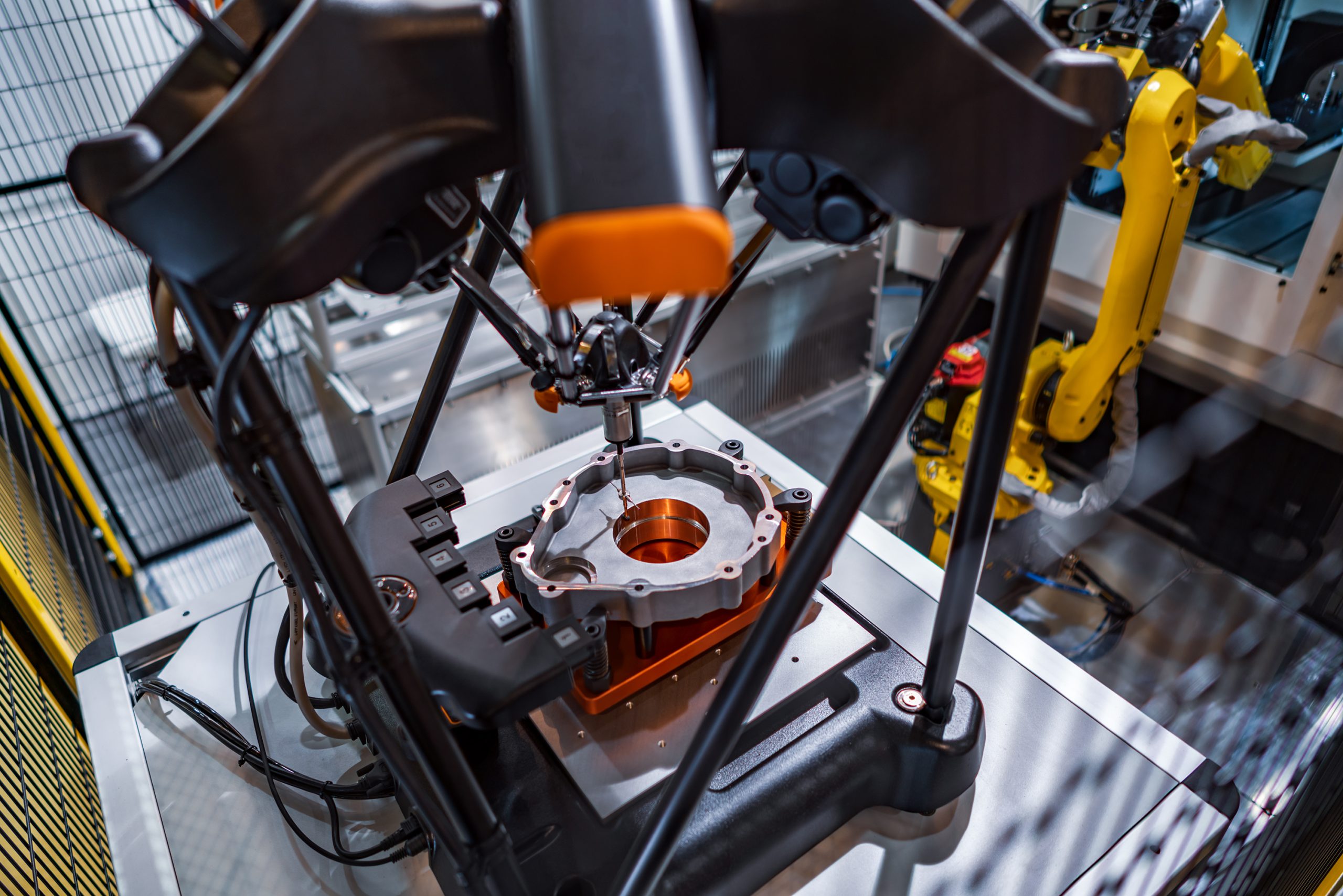ABS-Like is a general purpose polyurethane plastic that simulates ABS thermoplastic. This material is a great choice for most product enclosures.
ABS-Like
Process:
Urethane Casting
Colors:
All colors; precise pantone color matching available
Price: $
Applications:
General purpose, product enclosures
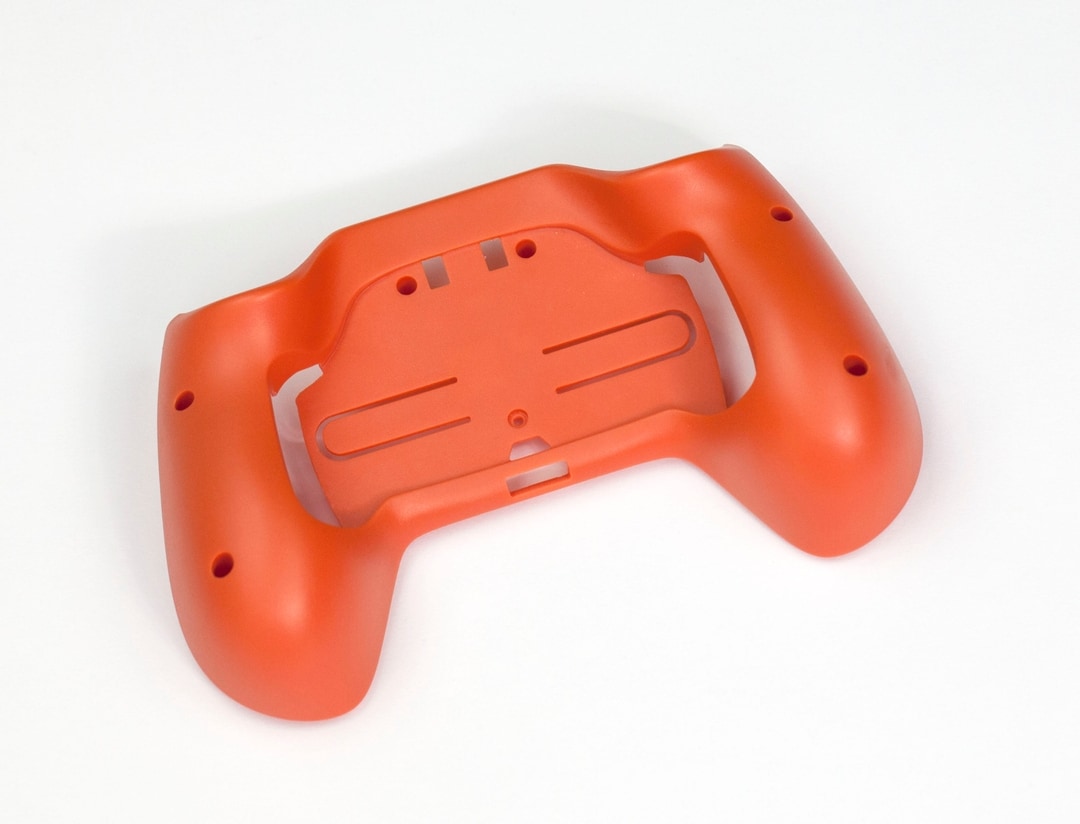
Acrylic-Like
Acrylic-Like is a stiff, transparent polyurethane plastic that simulates acrylic (PMMA). This material is great for see-through applications such as light pipes.
Colors:
Clear
Hardness:
Shore D 87
Price: $$
Applications:
Light pipes, see-through applications
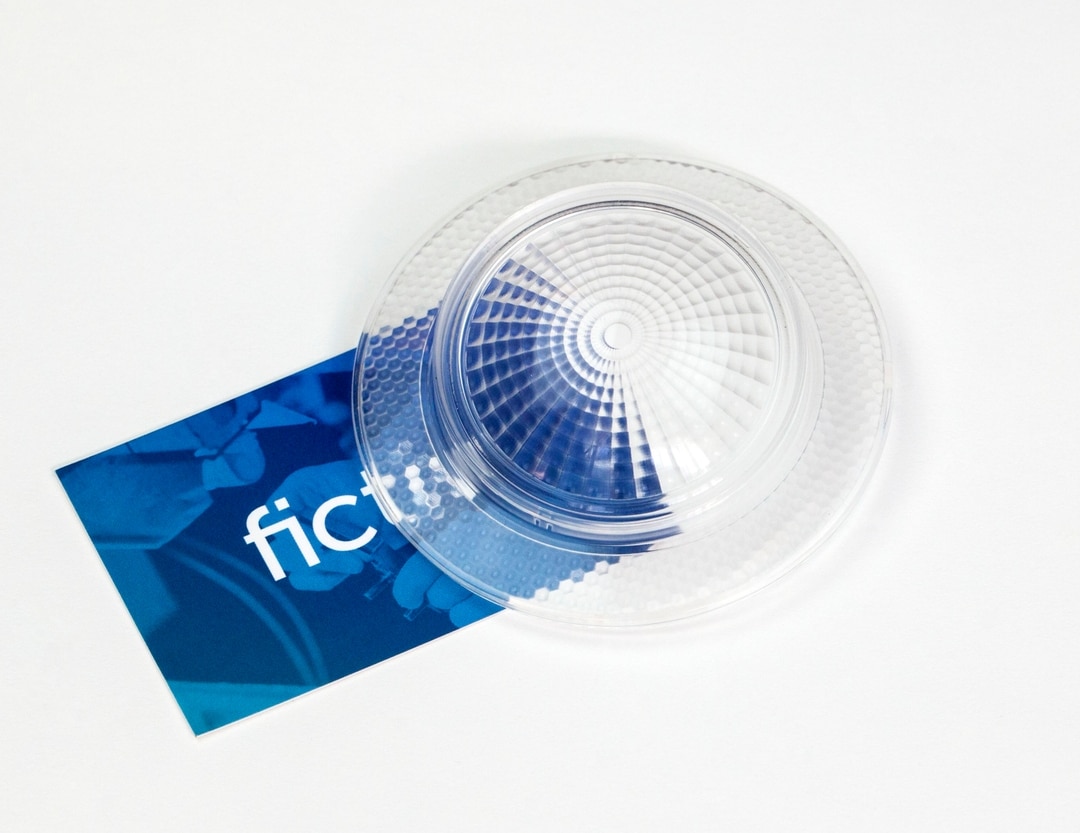
Opaque Elastomer
Opaque Elastomer is a polyurethane plastic that simulates all kinds of rubber-like materials such as TPE, TPU, and silicone rubber. This material is great for wearables, gaskets, and overmolds and is available from Shore 20A to Shore 90A in 10A increments.
Colors:
All colors; precise pantone color matching available
Hardness:
Shore A 20, 30, 40, 50, 60, 70, 80, 90
Price: $$
Applications:
Wearables, gaskets, overmolds
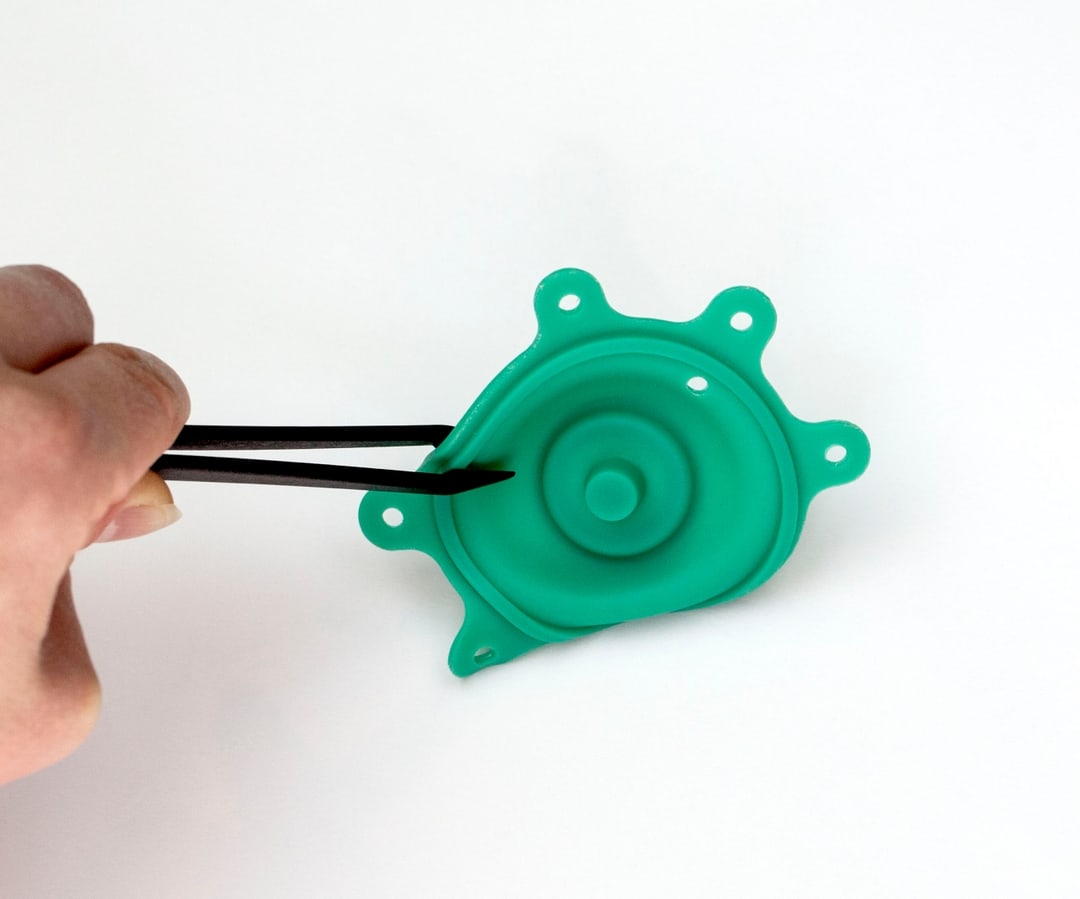
Waterclear Elastomer
Waterclear Elastomer is a urethane casting material that simulates all kinds of rubber-like materials such as TPE, TPU, and silicone rubber.
Colors: Clear
Hardness:
Shore A 30, 40, 50, 60, 70, 80
Price: $$$
Applications:
Wearables, gaskets, overmolds
